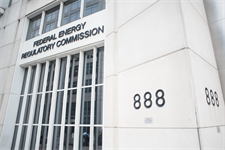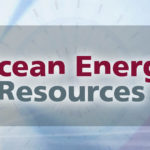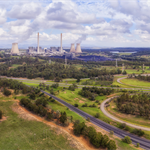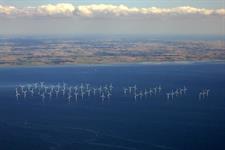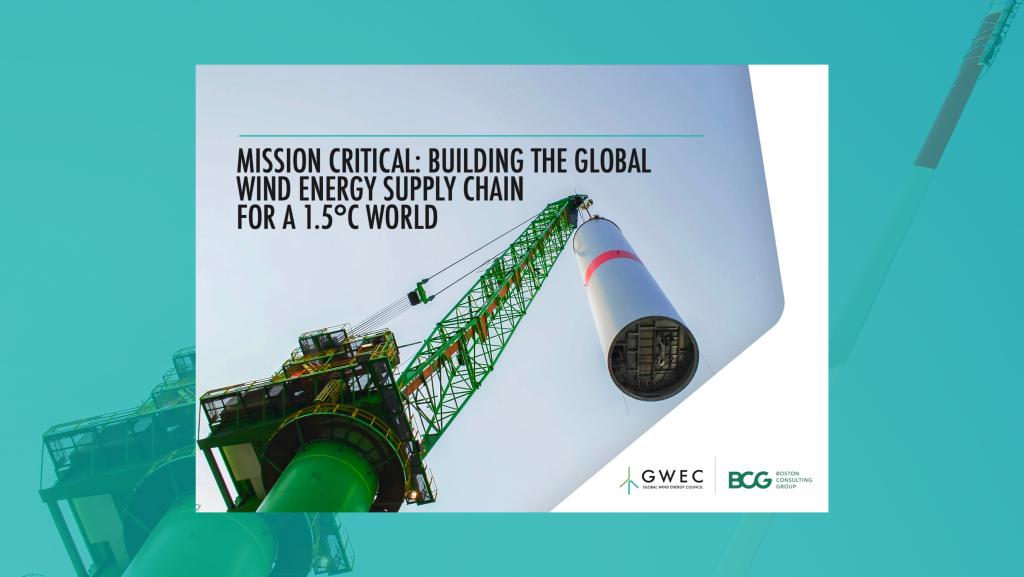New transmission roadmap to ease US grid queues for wind
Energy Disrupter
.png)
It outlines 35 solutions and sets “aggressive success targets” for shorter interconnection times, lower interconnection cost variance, increased completion rates, and zero disturbance events attributed to modelling by 2030.
Around 366GW of wind capacity was languishing in US transmission grid interconnection queues by the end of 2023, according to research from Lawrence Berkeley National Laboratory (Berkeley Lab).
This was significantly up on the 300GW of wind waiting at the end of 2022.
Around 107GW of new wind projects joined US grid queues in 2023, with most (94.5GW) being for onshore projects and just over 12GW for offshore.
By year end, a total of 246GW of onshore wind was in US grid queues, along with 120GW of offshore wind, representing four times the Biden Administration’s goal of 30GW installed offshore by 2030, Berkeley Lab said.
It added that 13% (49GW) of all wind in the queues was for hybrid projects with battery storage.
Over 1,100 GW of wind, solar and storage projects submitted interconnection requests since the passage of the Inflation Reduction Act (IRA) in August 2022, Berkeley Lab noted in its ‘Queued Up’ report, published 10 April.
Nick Manderlink, a co-author of the report said: “The IRA supercharged the already vigorous market for clean energy and storage development. But while the IRA improved economic certainty for projects, other uncertainties – like grid interconnection and permitting – remain challenging.”
Interconnection wait times also remain on the rise. Interconnection requests now typically take more than three years to complete the requisite grid impact studies in most regions, the report said.
The timeline from initial connection request to having a fully built and operational wind farm has increased from under two years for projects built in 2000–2007 to more than four years for those built in 2018–2023.
The Federal Energy Regulatory Commission (FERC) adopted major interconnection reforms in 2023 that have not yet taken effect in most regions, the report noted. But project developers continue to cite grid interconnection as a leading cause of project delays and cancellations.
“Grid interconnection remains a persistent bottleneck,” said Joseph Rand, an energy policy researcher at Berkeley Lab, and lead author of the study.
“The new rules from FERC will be a step in the right direction when implemented, but it is increasingly clear that additional solutions to interconnection problems are essential to maintain grid system reliability amidst rising electricity demand and utility- and state-level clean energy goals.”

